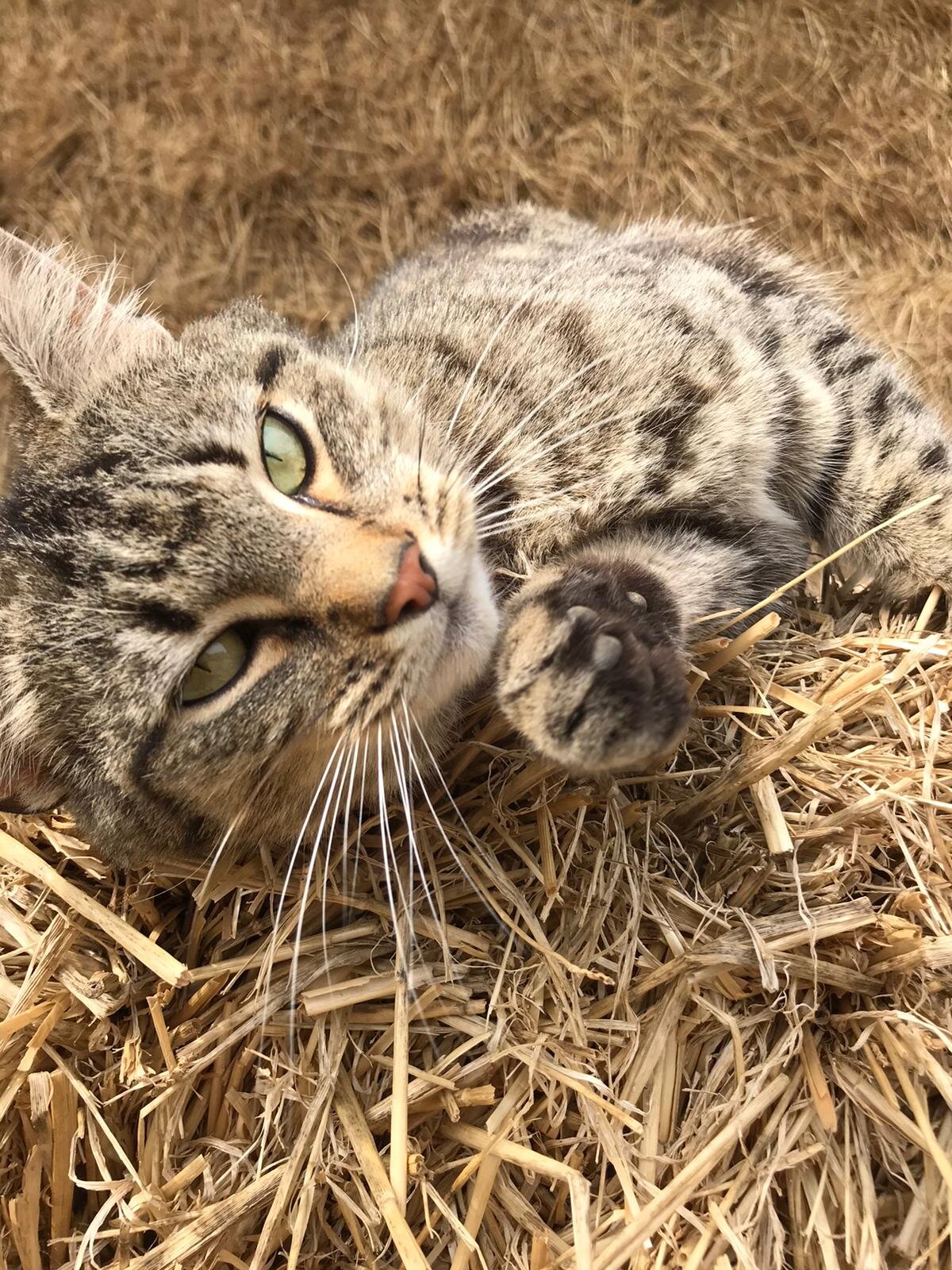Is Your Pet In Pain?
Our pets can develop pain for the same reasons we do e.g. surgery, tooth ache, arthritis, or muscle strain. Sometimes they will show us obvious signs of pain such as limping and crying but often they show their pain in very different ways than we do. These signs develop slowly over time and can be confused with ageing and slowing down.
Indicators of Pain in Dogs
Changes in their behaviour
Being more aggressive, submissive, anxious or clingy
Changes in their activity
Becoming withdrawn, reluctant to exercise, resting more than usual, less playful, prolonged rest after activity
Changes in their movement
Change in posture e.g. more hunched, reluctant to get on furniture, stiff after getting up from rest, cautious on slippery floors, stiff movement, difficulty getting into position to toilet
Other changes
Licking or chewing parts of body, less interested in food, more vocal than usual
Indicators of Pain in Cats
Changes in their behaviour
Hissing, hiding, guarding, quieter than usual
Changes in their activity
Resting more, not jumping up onto furniture, less curious, outdoor cats spending more time inside, changes in toileting, change in sleeping pattern and where they sleep
Changes in their movement
Change in posture, stiff movement, less agile
Other changes
Excessive grooming of one area, stops grooming, matted hair, weight loss, less interested in food
Pain can usually be managed and improved with a combination of treatments and approaches for example pain medication, exercise and activity management, weight loss, changes to home environment and lifestyle, strengthening and flexibility exercises and manual therapies.
If you are worried about your pet, please contact your vet or us to discuss how Physiotherapy can help.

